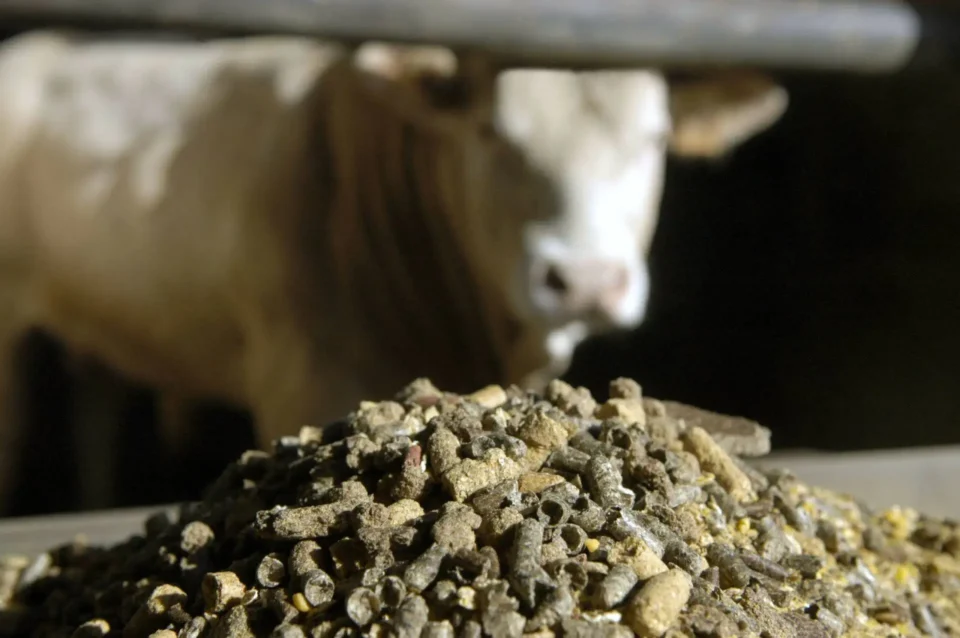In the business world, profitability is essential for long-term sustainability and adding economic value to the communities we serve. However, many businesses often gauge the success of a product, service, or entity solely by the revenue it generates, which can give an incomplete picture of the overall financial health. Therefore, it’s crucial to examine metrics that genuinely reflect profitability.
In the animal production sector, feed manufacturers and ingredient purchasers often prioritize minimizing ingredient costs over assessing other nutritional qualities that affect diet performance. This narrow focus can lead to overlooking key differentiators in purchasing decisions.
While soybean meal is primarily traded based on price and crude protein content, current research indicates that its true value in animal diets derives from a combination of intrinsic characteristics, including a balanced amino acid profile, energy components, ash content, and digestibility. Furthermore, end-users of soybean meal highly value consistency when evaluating ingredients for diet formulation.
Global soybean production is currently outpacing consumption, resulting in lower soybean prices that contribute to decreased feed and production costs. This trend, combined with a declining US dollar, offers buyers a product that can significantly enhance value and profitability.
My team operates in over 80 countries, collaborating with animal and aquaculture producers to help them achieve their goals through sound science, current data, research, and innovative technologies. Recently, a colleague shared modeling data indicating that medium to large animal producers could add millions of dollars to their bottom lines by leveraging the benefits of US soy in feed formulations.
As US soy farmers are actively engaged in harvesting, researchers from the US Department of Agriculture project a record soybean crop this year, estimating production at 124.81 million metric tonnes (mmt), of which approximately 50.35 mmt will be exported globally. According to the USDA’s September World Agricultural Supply and Demand Estimates report, global soybean production is projected to reach 429.20 mmt.
Abundance offers us the opportunity to shift discussions from hunger to health and wellness. While my role focuses on highlighting the value of US soy, my ultimate goal is to ensure that everyone has access to sufficient resources. With a bountiful US soy crop meeting the metrics that matter to you, we can work towards a more sustainable future.
I encourage you to reflect on the metrics you can now measure—those that may not have been available three to five years ago—that could help boost your business’s profitability. How will you contribute to fostering an abundant food supply? Your actions can have a meaningful impact, both locally and globally.



